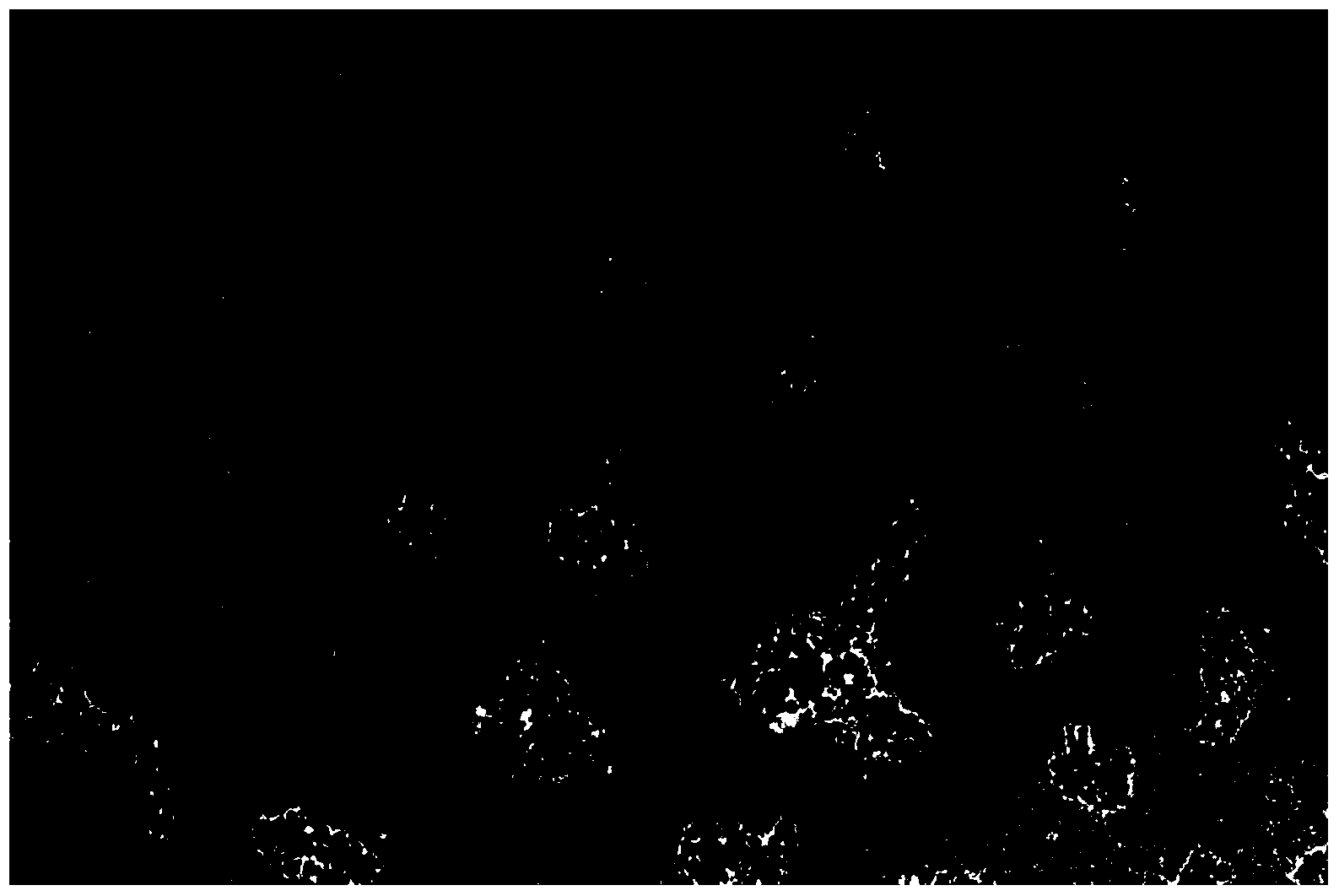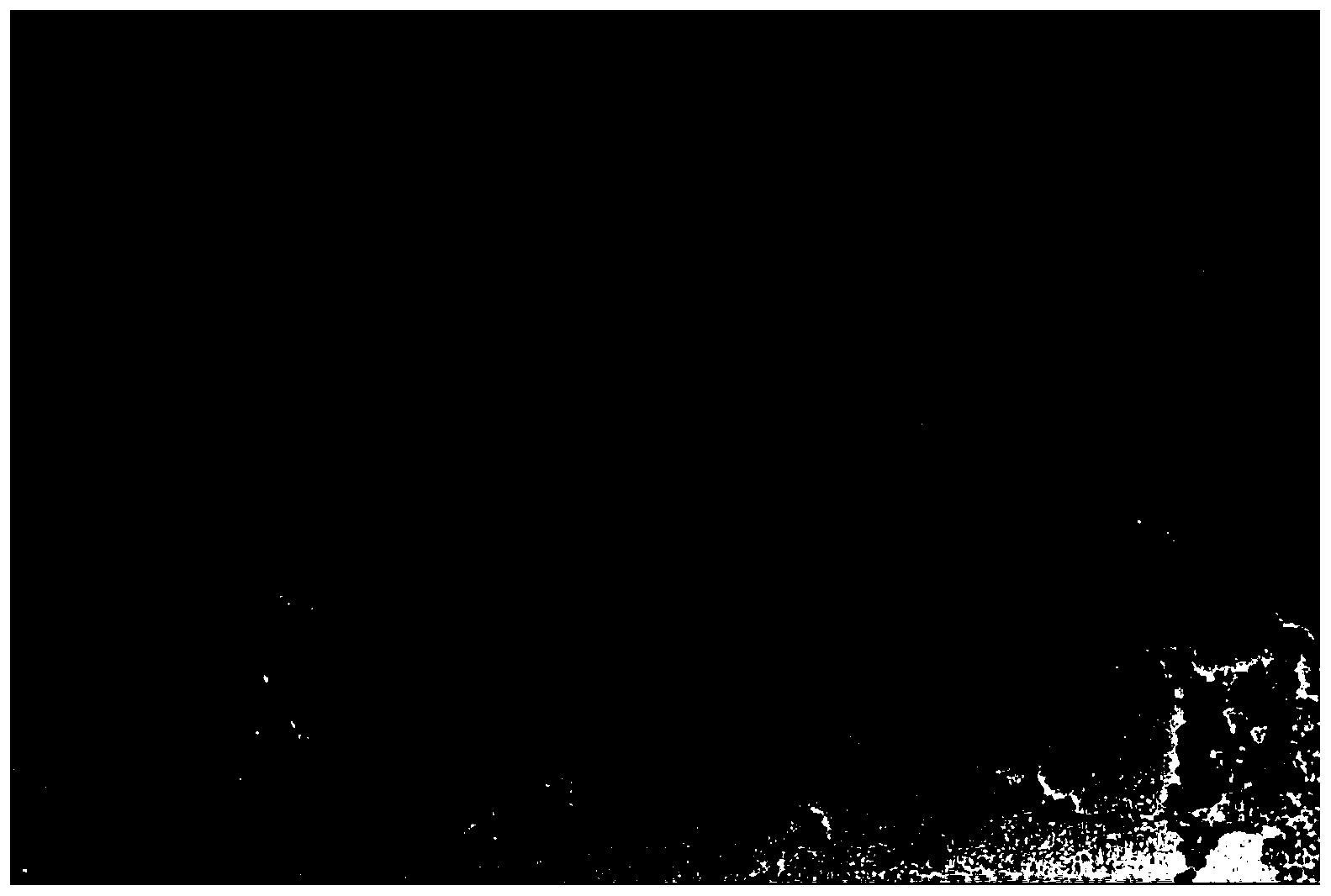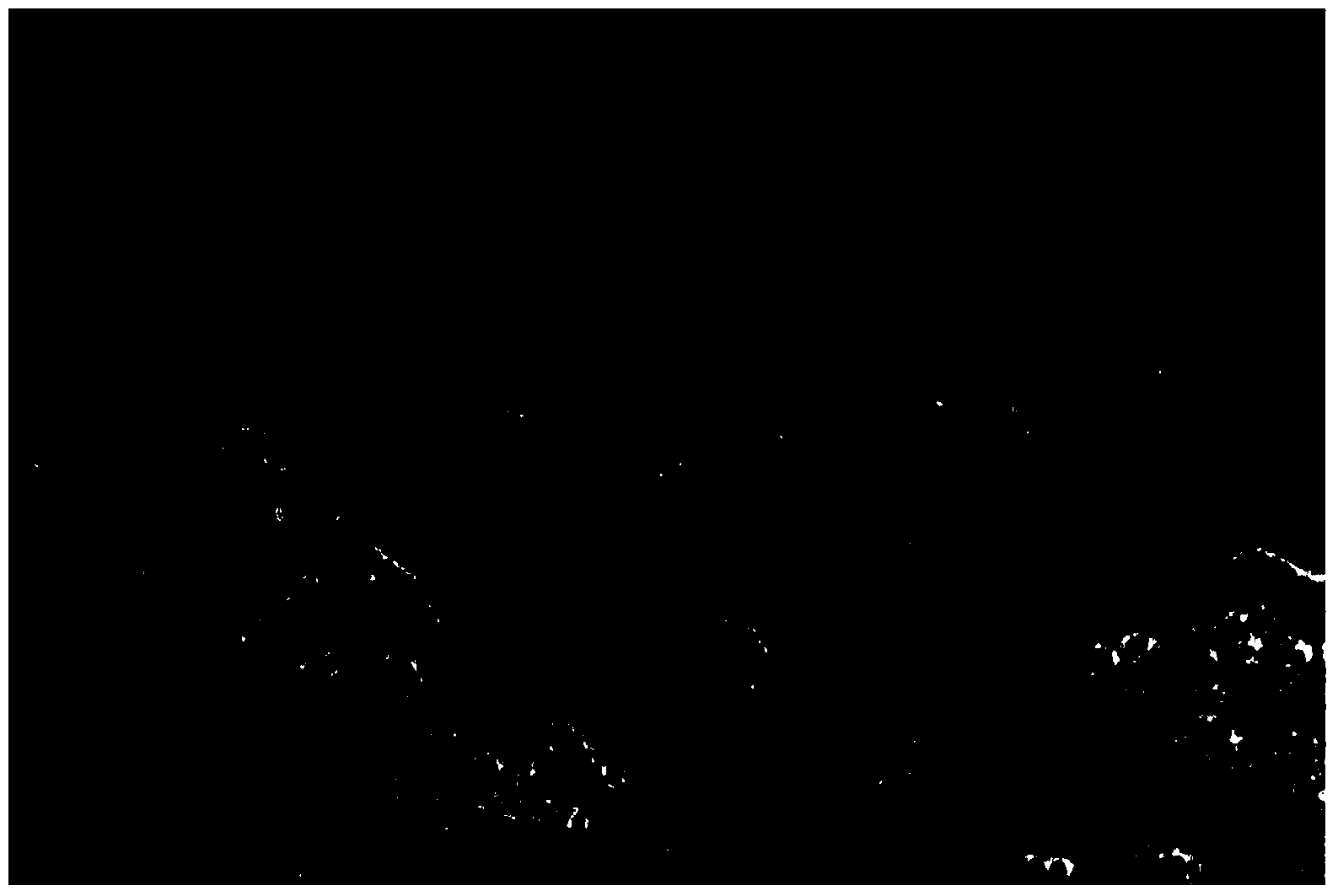Preparation method of tin antimony oxide organic nano paste
A technology of nano-slurry and tin-antimony oxide, which is applied in the treatment of dyed organic silicon compounds, fibrous fillers, coatings, etc., can solve the problems of slurry quality decline, long ball milling time, high energy consumption, etc., and achieve high specific surface area , low degree of agglomeration, easy to disperse effect
- Summary
- Abstract
- Description
- Claims
- Application Information
AI Technical Summary
Problems solved by technology
Method used
Image
Examples
Embodiment 1
[0028] 156.36g SnCl 4 and 36.52 g SbCl 3 Dissolve in 650mL of absolute ethanol solution to obtain a colorless and transparent tin-antimony mixed solution. Mix 80.00g of ammonium bicarbonate and 800.0g of absolute ethanol solution for beating, then dissolve 1.15g of ammonium acetate in a small amount of ethanol and add it to disperse. A solid-liquid suspension mixed solution was obtained. Under the condition of stirring, the tin-antimony solution was mixed with the solid-liquid suspension solution and reacted. The reaction temperature was 5°C, the pH value was 5, and the reaction time was 2.0h to obtain white milky Sn(OH) 4 and NH 4 A Cl mixture precipitated. After filtration, vacuum-dry at 40°C, after recovering ethanol, add 670.0g deionized water to the filter cake to dissolve and disperse, filter, wash with deionized water until the presence of chloride ions cannot be detected, then dehydrate with absolute ethanol, and Vacuum drying at 90°C to obtain white powder Sn(OH) ...
Embodiment 2
[0031] 120.28g SnCl 4 and 27.46 g SbCl 3Dissolve in 400mL of absolute ethanol solution to obtain a colorless and transparent tin-antimony mixed solution, mix 85.00g of ammonium bicarbonate with 450.0g of absolute ethanol solution for beating, then dissolve 5.7g of ammonium acetate in a small amount of ethanol and add it, disperse, A solid-liquid suspension mixed solution was obtained. Under the condition of stirring, the tin-antimony solution is mixed with the solid-liquid suspension solution, and the reaction is carried out. The reaction temperature is 15°C, the pH value is 6, and the reaction time is 3.5h, and the white milky Sn(OH) 4 and NH 4 A Cl mixture precipitated. After filtration, vacuum drying at 60°C, after recovering ethanol, add 800.0g deionized water to the filter cake to dissolve and disperse, filter, wash with deionized water until the presence of chloride ions cannot be detected, then dehydrate with absolute ethanol, and Vacuum drying at 80°C to obtain whi...
Embodiment 3
[0034] 180.73g SnCl 4 and 9.36 g SbCl 3 Dissolve in 700mL of absolute ethanol solution to obtain a colorless and transparent tin-antimony mixed solution. Mix 148.61g of ammonium bicarbonate and 420.00g of absolute ethanol solution for beating, then dissolve 6.43g of ammonium acetate in a small amount of ethanol and add it to disperse. A solid-liquid suspension mixed solution was obtained. Under the condition of stirring, the tin-antimony solution is mixed with the solid-liquid suspension solution, and the reaction is carried out. The reaction temperature is 25°C, the pH value is 8, and the reaction time is 4.0h, and the white milky Sn(OH) 4 and NH 4 A Cl mixture precipitated. After filtration, vacuum-dry at 70°C, after recovering ethanol, add 1300.0g deionized water to the filter cake to dissolve and disperse, filter, wash with deionized water until the presence of chloride ions cannot be detected, then dehydrate with absolute ethanol, and Vacuum drying at 60°C to obtain w...
PUM
| Property | Measurement | Unit |
|---|---|---|
| electrical resistivity | aaaaa | aaaaa |
| electrical resistivity | aaaaa | aaaaa |
| particle size | aaaaa | aaaaa |
Abstract
Description
Claims
Application Information
 Login to View More
Login to View More - R&D
- Intellectual Property
- Life Sciences
- Materials
- Tech Scout
- Unparalleled Data Quality
- Higher Quality Content
- 60% Fewer Hallucinations
Browse by: Latest US Patents, China's latest patents, Technical Efficacy Thesaurus, Application Domain, Technology Topic, Popular Technical Reports.
© 2025 PatSnap. All rights reserved.Legal|Privacy policy|Modern Slavery Act Transparency Statement|Sitemap|About US| Contact US: help@patsnap.com



